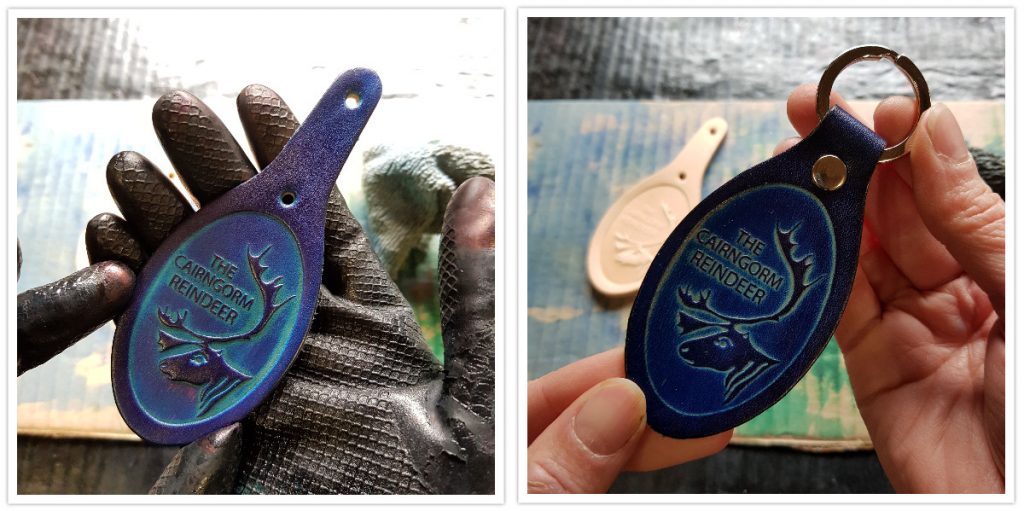Hello everyone! First of all, let me introduce myself for those who have not have met me.
I’m Heather, and I used to be a Reindeer Herder. I like to think I still am really. As we always say, it’s like being a King or Queen of Narnia, once a Reindeer Herder, always a Reindeer Herder!

So, my Reindeer herding career began way back in 1998, when the ‘Sweeties’ year of reindeer were born. I first went to the Centre for work experience from the local High school, and when I arrived for my week’s experience in September, the calves had just been named. Some of you will remember Eclair, Polo and Malteser, to name a few!

As the years rolled by, I worked at the Reindeer Centre off and on for roughly 15 years, in my school and university holidays. And once I graduated from Edinburgh University, with a degree in Geography (using the reindeer as my subject for my 4th year dissertation!), I headed back full time.

After the Reindeer Centre, I worked in a couple of other jobs, before deciding it was time to head into the family business of leather working. My Mum and Dad have been leather workers since before I came along, and while I always helped them in the workshop as a child, it wasn’t until about 5 years ago that I really started learning the craft. I now have my own workshop in Carrbridge, not so far from the Reindeer Centre and would now call myself a full time Leathersmith. I run my own business, Loch Ness Leather, and make belts, handbags and hats, along with smaller accessories.

But how is that relevant to the Reindeer Centre now? Well, those who support the herd by adopting a reindeer, will know that each year when you re-adopt your reindeer, you get a lovely pack in the post including amongst other things, a hand written letter, and a selection of gifts. Well, this year, I am in charge of one of those gifts! I have been commissioned to make leather keyrings which will be going into the adoption packs. Each one is made by hand, by myself, in my workshop in Carrbridge. Luckily my workshop is in my garden, so I have been able to carry on working safely during the current situation. And it’s just been a case of handing over a new batch each time the herders pop by with a Wild Farm meat delivery for us!

Each keyring is made of natural vegetable tanned leather. I cut the leather to shape, emboss it with the reindeer design, and then dye it by hand. Layering up the colours to make each one – they’re all very individual! A rivet is then used to attach the ring, and it’s ready to go. And all made within 12 miles of the Cairngorm Reindeer Centre.

This year is a tough time for us all, I personally usually sell my wares at Highland Games and other events across Scotland through the summer. However, they have all been cancelled this year, understandably, so I have been focusing on selling online. If you would like to see more of my work, please do visit my website, www.lochnessleather.co.uk. Or of course, you can follow me on Facebook or Instagram. As a thank you for supporting myself, and the Reindeer of course!, I would like to offer you a 10% discount across the whole of my website. To be sent the code for this, please click here to sign up for my newsletter.
You can also keep a look out for more Cairngorm Reindeer Herd and Loch Ness Leather collaborations in the Reindeer Centre online shop, coming soon and throughout the year!

I hope you all enjoy your adoption packs this year!
Thank you all and Stay Safe!
Heather Hanshaw (Past Reindeer Herder)
N.B. Because of the way our adoption scheme gifts work, only those re-adopting a reindeer from now until April next year will receive one of Heather’s keyrings with their pack. Adoptions purchased for the first time in this period will receive different gifts. However, if you don’t want to miss out on a keyring, please feel free to get in touch with Heather directly via her website to purchase one!






